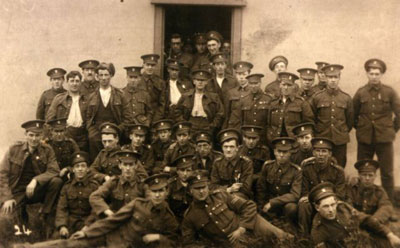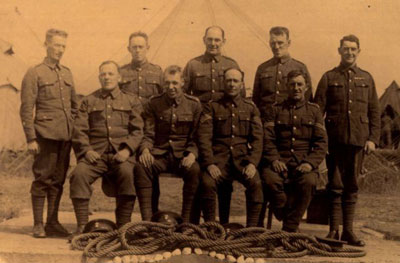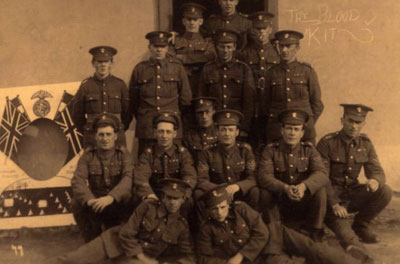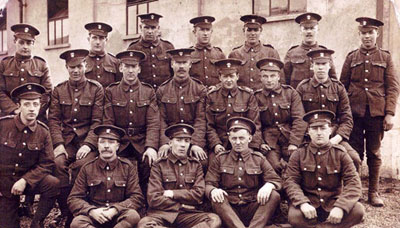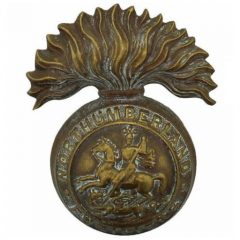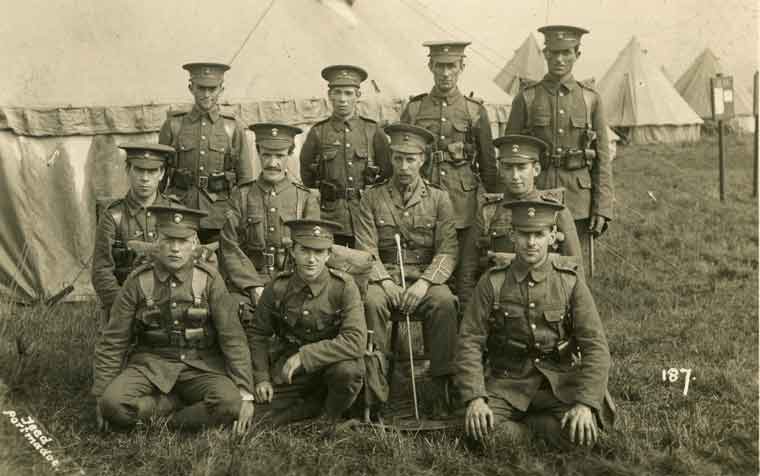'Service' Battalion
'C' Coy
'C' Company (Hayden Bridge) notes
HQ -
Data on 134 known former members of 'C' Coy is held.
'F' Coy amalgamated with 'C' Coy during Jan 1915
Full Company strength from here on was approximately 227 officers and men
'C' Company subdivided into four platoons - 9, 10, 11 & 12
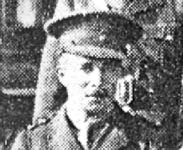
Officer Commanding:
Capt. John Ridley Robb
The Robb brothers were born in Hexham and educated at George Watson’s Boy’s College in Edinburgh, where all three served in the school Officer Training Corps. In 1907 William was gazetted as a 2nd Lt in the 1st Volunteer Battalion, NF and John Ridley joined the 4th NF in March 1909. Both were promoted to full lieutenant in June 1910, then captain in Dec 1912. They were mobilised in August 1914 and served to the end of the war.
Ridley took charge of the battalion when Colonel Gibson was killed on the 27th of May and was the Commanding Officer for the next four years.
At the end of the war he returned home to run the family business.
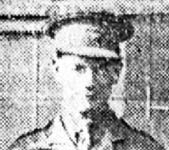
Lt Henry Mylas Carrick Henry’s father Thomas (1845-1911) was the founder in 1880 of ‘Carrick’s Cumberland Dairy and Pure Milk Supply Co Ltd’, a firm producing milk, butter and cheese in the Cumbrian village of Low Row. The proximity of the dairy to the Newcastle-Carlisle railway line not only enabled it to supply the large nearby markets of Newcastle and Carlisle, but also the rapidly expanding industrial centres further afield. The company was able to branch out and develop a chain of tea rooms, cafes and restaurants in the north-east, which most notably included the fashionable Newcastle venues of Tilley’s on Blackett Street and the Grand Assembly Rooms on Fenkle Street. On Thomas’s death the firm continued but it is not clear whether Henry was involved at all.
By 1984, with only sixty-four branches left, Carrick’s was taken over by Associated British Foods which operated under the ‘Bakers Oven’ brand, which was in turn taken over by Greggs in 1994.
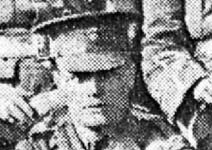
2nd Lt Leicester Cecil Peregrine Scaife
Leicester was born in Victoria, British Columbia on 18 Jun 1894. In 1913 and 1914 he was earning £60 per annum with board and lodging as an Assistant Master at Corchester Preparatory School, Corbridge, Northumberland. He married a Bagnall in 1916 in Kendal. Married again in 1972 to a Robertson. He died in 1980 in Southampton.
Col Sgt William C. Clemitson
'Reserve' Battalion (2/4th)
'C' Coy
'C' Company notes
The 2/4th battalion became part of the newly formed 188th Bde, 63rd Divn during January 1915.
The 63rd Divn was tasked with home defence, but was disbanded in Jul 1916.
The 2/4th joined the 217th Bde, 72nd Division, but continued with home defence duties.
The 72nd Divn was broken up Jan - Apr 1918
Officer Commanding: Capt. John Reginald Blackett-Ord
Whitfield Hall, on the west bank of the River Allen, is the home of the Blackett-Ord family. The Manor of Whitfield was granted, in the 12th century, by William (King of Scotland) to the Whitfield family, who retained it until 1750 when it was sold to William Ord of Fenham. When a later William Ord died in 1855, the estate fell to his son's widow and then to her heir, her niece, who married Rev John Blackett, a son of Christopher Blackett of Wylam. As a condition of the marriage and inheritance he changed his name to Blackett-Ord.
Their son Andrew John Blackett-Ord was a magistrate, captain and honoury major of the 4th Bn Argyle and Sutherland Highlanders and Major in the 1st VB NF.
Andrew's eldest son John Reginald was born in Scarborough (1885) and was educated at Eton. He also served as a 2nd Lt in Argyle and Sutherland Highlanders, but resigned his commission in 1906. He subsequently joined the 4th Bn NF and attained the rank of Captain in 1914.
2nd Lt Henry Cheesemond
In 1901 his father was a Photographer living 19 Lavender Gardens, Jesmond
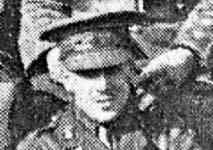
2nd Lt Stewart Dudley Majoribanks
His father,. Dudley Sinclair Marjoribanks, became Director of Armstrong-Whitworth, an important engineering company which developed aircraft engines during World War I. He was decorated for his wartime services but fell foul of take-over manoeuvres after the war and died in relatively straitened circumstances at Corbridge in 1929. Stewart was born in Gosforth on the 6th of December 1895. He married Ursula Dorothy Brierley in 1922 and died 1971.
Stewart graduated from Quetta Cadet College, in modern day Pakistan on the 27th October 1917. (London Gazette dated 5 Nov 1918). The college opened in June 1915 Financial arrangements for its cadets were the same as those at Sandhurst, with free passage to India (and back for those who failed). The scheme attracted a large field of applicants.
Source: (Heathcote (1995), The Military in British India: the development of British Land Forces in South Asia 1600-1947. p. 204.
His Medal Index Card indicates that he went on to serve with the Central India Horse
Stewart's younger brother Marmaduke was killed whilst serving with the RFC on the 21st of November 1917.
Col Sgt
